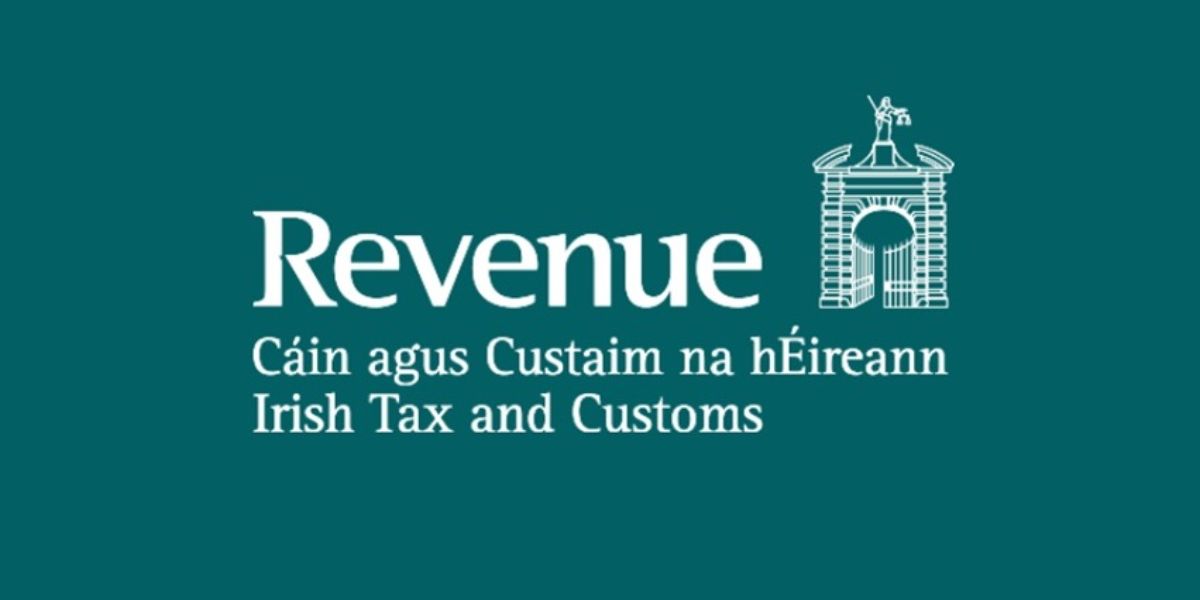On 6 March 2019, Irish Revenue releasedTax and Duty Manual Part 29-02-03, which includes the Research and Development Tax Credit guidelines.
Sections 766, 766A and 766B of the Taxes Consolidation Act (TCA) 1997 (the Act) and the Taxes Consolidation Act (Prescribed Research and Development Activities Regulations) 2004 (S.I No. 434/2004) provide for a tax credit for certain expenditure on research and development (R&D) activities, plant and machinery and buildings. Credit is given at 25% of allowable expenditure. For accounting periods commencing prior to 1/1/2015 the amount of qualifying expenditure is restricted to incremental expenditure over expenditure in a base year (2003) defined as the “threshold amount”.
The Finance Act of 2012 introduced an allowable amount to be excluded from the incremental basis of calculation. This allowed the first €100,000 of qualifying R&D expenditure to qualify for the credit, regardless of the base year (2003) expenditure. This amount was increased for 2013 and 2014.
Prior to 2012, the qualifying R&D expenditure was reduced in full by the base-year expenditure in calculating the relief. For accounting periods beginning on or after 1 January 2015, the requirement to subtract base-year (2003) R&D expenditure has been removed and all qualifying R&D expenditure will be eligible for the 25% tax credit.
To qualify for the credit, the following must apply:
- the applicant must be a company.
- the company must be within the charge to Irish tax.
- the company must undertake qualifying R&D activities within the European Economic
Area (EEA).
- in the case of an Irish tax resident company, the expenditure must not qualify for a tax
deduction under the law of another territory.
Qualifying activities must satisfy all of the following conditions. They must-
- be systematic, investigative or experimental activities;
- be in a field of science or technology;
- involve one or more of the following categories of R&D basic research, applied research, or experimental development.
In addition, they must seek to achieve scientific or technological advancement and involve the resolution of scientific or technological uncertainty.
The tax credit is calculated separately from the normal deduction of the R&D expenditure in computing the taxable profits of the company. Companies claiming the R&D tax credit are not required to hold the intellectual property rights resulting from the R&D work. Equally, there is no requirement for the R&D work to be successful. The definition of qualifying R&D activity requires that a claimant company engage in systematic activity which seeks to achieve a scientific or technological advancement and which involves the resolution of scientific or technological uncertainty.
Qualifying activities must satisfy all of the following conditions. They must be Systematic, investigative or experimental activities, in a field of science or technology, encompassing one or more of the following categories of R&D:
- Basic research,
- Applied research,
- Experimental development.
In addition, they must seek to achieve scientific or technological advancement, and involve the resolution of scientific or technological uncertainty.














